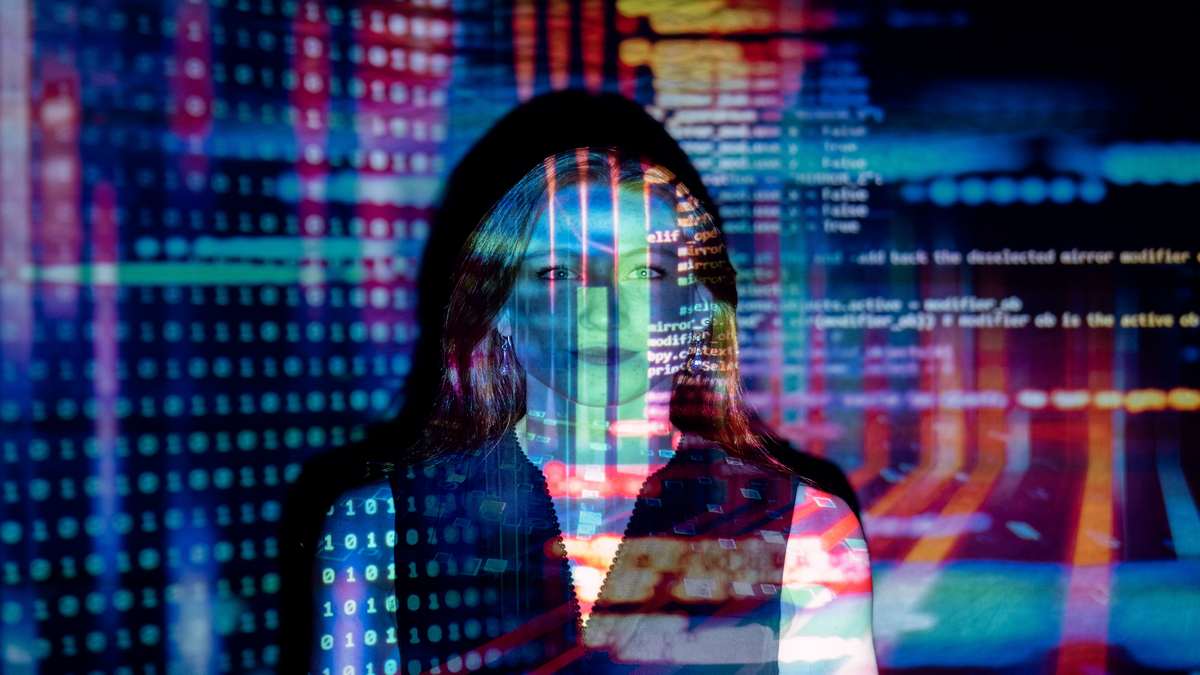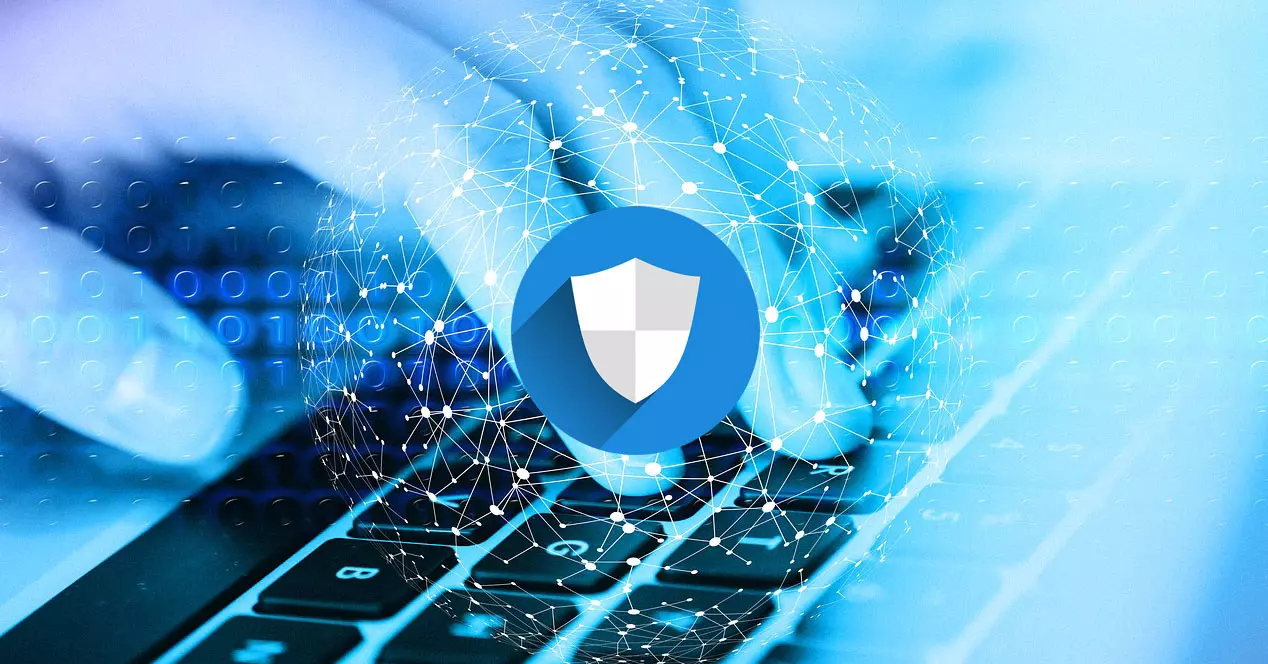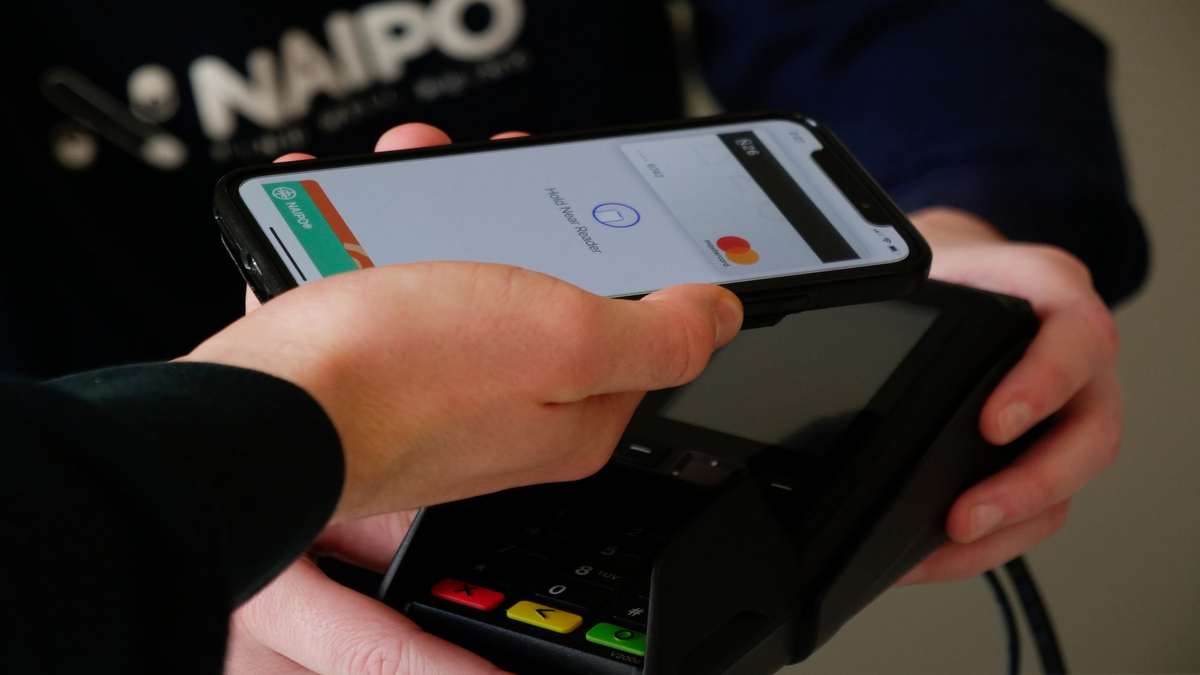
In the constantly shifting core elements of the digital realm, three powerful forces are converging to shape the future of the internet: Web 3.0, blockchain technology, and the metaverse. The three emerging technologies promise to change how we view the internet and how it operates. However, what exactly does this new tech offer and how do they interact with one another?
This blog aims to dissect the intricate relationship among these concepts and explore how their synergy is paving the way for a new era of interconnected, decentralised, and immersive digital experiences.
Understanding Web 3.0
Web 3.0, often dubbed the “semantic web” or “decentralised web,” represents the next phase in the evolution of the internet. Unlike its predecessors, Web 3.0 is characterised by a shift from a centralised, data-hoarding model to a decentralised, user-centric paradigm. It aims to create an internet where users have greater control over their data, privacy, and online interactions.
Key features of Web 3.0 include interoperability, where disparate platforms seamlessly communicate with each other, and a user-centric data model, enabling individuals to own and control their data. Utilising the help of of experts in Web 3.0 consultancy will help businesses ride this transition to a more user-centric internet, which promises to lay the foundation for a more open, transparent, and democratic digital ecosystem.
The Role of Blockchain in Web 3.0
Blockchain technology emerges as a cornerstone of Web 3.0, providing the infrastructure for decentralisation, transparency, and trustless interactions. At its core, blockchain is a distributed ledger that records transactions across a network of computers in a secure and tamper-proof manner. This eliminates the need for central authorities and fosters a trustless environment.
This is where blockchain consultants come in. Smart contracts, self-executing contracts with the terms of the agreement directly written into code, play a pivotal role in the Web 3.0 landscape. By automating and enforcing agreements without intermediaries, smart contracts enhance efficiency and reduce the risk of manipulation. Blockchain’s decentralised nature ensures that data is stored across multiple nodes, making it resistant to censorship and single points of failure.
The Metaverse: A Digital Frontier
As Web 3.0 harnesses decentralisation and blockchain provides the underlying infrastructure, the metaverse emerges as the immersive, interconnected digital universe where these technologies converge. The metaverse is not a singular entity but a collective virtual shared space that spans the entire spectrum of digital environments, augmented reality, and virtual reality.
In the metaverse, users can interact with digital assets, environments, and other users in real-time. It is a space where the physical and digital worlds blend seamlessly, offering unprecedented opportunities for socialisation, commerce, and entertainment. Blockchain technology becomes the backbone of the metaverse, ensuring ownership and provable scarcity of digital assets through non-fungible tokens (NFTs). Soliciting the help of metaverse consulting experts will enable your business to become more adept at incorporating your target audience into a digital world that is truly your own.
Blockchain’s Impact on the Metaverse
The metaverse leverages blockchain’s capabilities to address fundamental challenges, such as digital asset ownership, security, and interoperability. NFTs, built on blockchain standards like Ethereum’s ERC-721, enable users to tokenise and own digital assets, from virtual real estate to in-game items. This ownership is securely recorded on the blockchain, preventing unauthorised alterations and providing a transparent provenance.
Interoperability in the metaverse is facilitated by blockchain standards that ensure seamless interactions across various virtual environments. This in turn allows users to carry their digital assets and identities across different metaverse platforms, fostering a more cohesive and user-centric experience.
Decentralised Autonomous Organizations (DAOs) within the metaverse utilise blockchain’s governance capabilities to empower users with decision-making authority. DAOs enable community-driven governance models, where users participate in shaping the rules and development of the virtual world they inhabit.
Web 3.0, Blockchain, and the Metaverse: A Symbiotic Future
As we navigate the intricate relationship between Web 3.0, blockchain, and the metaverse, it becomes evident that their convergence is driving a paradigm shift in how we perceive and interact with the digital realm. The decentralisation and user-centric principles of Web 3.0, coupled with the security and transparency provided by blockchain, lay the groundwork for the immersive experiences offered by the metaverse.
Looking forward, this symbiotic relationship is poised to redefine not only how we experience the internet but also how we transact, socialise, and create within the digital landscape. As technologies continue to evolve, the synergy between Web 3.0, blockchain, and the metaverse will likely shape the future of the internet, ushering in a new era of decentralised, interconnected, and immersive digital possibilities, in which the knowledge of software engineering consultants will prove invaluable.



